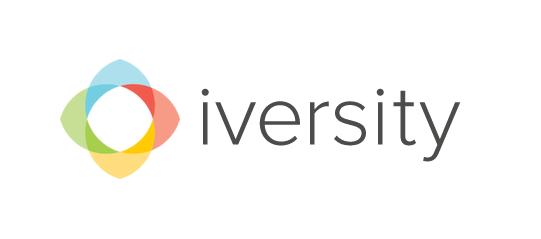

Gamification for Martina!
Do you remember Martina from chapter 2?


You already defined her learning objectives.
You helped her create a culture of learning.
Now it is time, to think about gamification for her online training and learning. How can you add game elements and motivate her in her learning journey?
Need some inspiration for this journal exercise?
1) Article by John Hagel and John Seely Brown on how the online game World of Warcraft can help promote innovation - even on the job.
2) Knowledge@Wharton writes about how to use gamification in the health care sector in this article published on business insider.
3) Remember the example in our main material from HP? Here is the article by Chanin Ballance to read up upon their case.
4) Thefuntheory.com is a Volkswagen initiative that wants to show how easy it is to support and engage people in simple tasks such as bottle recycling or respecting the speed control.
5) Or watch this video by Khan Academy, explaining some of their gamification elements on their platform:
Video by CenterScene
We are excited to see how we can all help Martina out.
Future Education Now
My initiative to change K12 education is still in the seed phase. The concept is that K12 education has not changed since the Prussians started compulsory education in 1763. Every enhancement was done within the frame of school and classrooms. No major change of the whole system was implemented. Therefore my concept is to use several technologies to change k12 education. The main technology or device is Microsoft Hololense which will be the method of delivering curriculum. This technology uses a computer in the form of glasses to deliver holographic experience mixed with real life (Mixed reality).
Hololense
Another concept is changing curriculum design to simulate game levels so students advance according to performance not age while being automatically positioned by the system into a field they excel at. For example by the end of their study they are ready to be doctors, engineers and so on, which is some sort of adaptive curriculum and assessment. Another concept is to change the education environment which is classroom and replace it with social and green indoor and outdoor spaces using bean bags, couches, gardens, playgrounds, and lounges.
Future of Education
In addition, a new technology called Hypercells can be used to create automatically shape shifting social spaces that can be programmed to create the design of the learning environment on its own.
Hypercells
Support of governments, investors, and media is required
